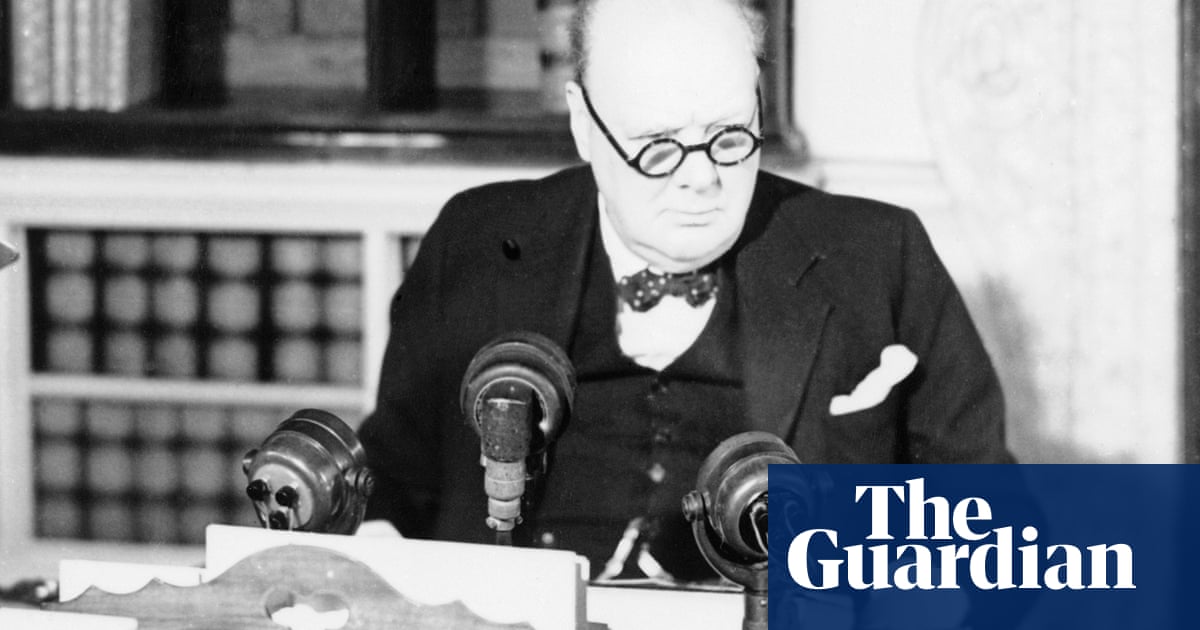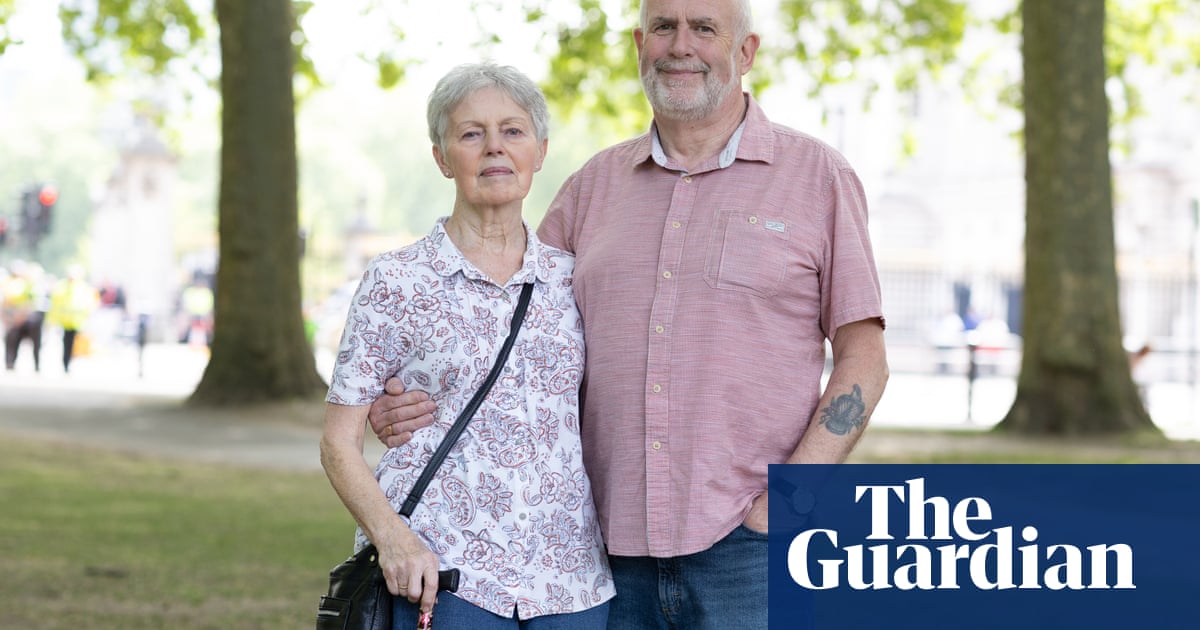Learning to drive – and the sense of freedom and independence that comes with it – is a milestone many look forward to. But for today’s learners, the journey to getting on the road is proving longer, more uncertain and more expensive than ever.
What was once a fairly straightforward process, from lessons and the theory test to the practical exam, now involves record waiting times, rising costs and having to compete with automated software bots to secure a test slot.
The average waiting time to take a driving test reached 20 weeks in February, according to figures obtained by the AA Driving School. Amid growing anger, last month the government promised to make thousands of extra driving tests available each month, with the aim of reducing average waiting times to seven weeks by the summer of 2026.
For many, the delays are adding to the bill. The long gaps between lessons and test dates mean learner drivers are left paying for extra lessons just to stay test ready.
Here is a breakdown of some of the costs you can expect to pay when learning to drive.
Provisional licence
Cost of applying: £34
The first step to getting on the road is applying for a provisional licence, which is required before starting lessons. It costs £34 online, or £43 if you apply by post. You can do this on the Gov.UK website, where you will be directed to create a DVLA account.

Theory test
Cost: £23. Revision app: £4.99
You don’t need to pass your theory test before starting practical lessons but studying for it alongside your driving lessons can be helpful. Before you book your practical exam, you will need to pass your theory test.
You can take your theory test as soon as you have a driving licence number from your provisional licence, although some road experience can be helpful.
It will cost you £23 to book your theory test.
According to the RAC, it can take up to 20 hours to revise for a theory test. You can use books and apps to revise and take practice tests. The official Driver and Vehicle Standards Agency (DVSA) theory test book for car drivers costs £18.99, and the official DVSA theory test kit app for iPhone and Android costs £4.99.
The DVSA administers tests in England, Scotland and Wales, while the Driver and Vehicle Agency (DVA) handles them in Northern Ireland.
You can get the books secondhand for less than £4, or borrow them from your local library, or use free resources such as YouTube videos to test yourself before the exam.

Driving lessons
Average cost: £1,575 but can vary hugely
The cost of practical lessons can vary depending on the driving school, location and whether you opt for regular lessons or an intensive course.
There’s no set number of hours you must complete before taking and passing your test. It all depends on how quickly you learn.
According to the DVSA, it takes an average of 45 hours of driving lessons and some additional hours of private practice to pass a test.
RED, a well-known driving school, reckons most automatic vehicle learners need between 20 and 40 hours of lessons before they are test ready.
The RAC says a reasonable price for a driving lesson is typically between £25 and £45 an hour, depending on where you live, and that most learners will need about 45 hours of lessons on average. You can sometimes get the cost down by buying lessons in bulk. If you were to pay the average, that comes to about £1,575.

We asked the AA Driving School for average prices in different parts of the country. While these figures reflect the averages, AA Driving School franchise instructors set their own rates.
In Edinburgh, the average hourly rate for lessons in the EH postcode in a manual car is £38, and £40 for an automatic.
Learners in Cardiff can expect to pay £35 an hour for a manual car in the CF postcode area, and £36.50 for an automatic.
The TR and PL postcode areas of Cornwall the average is £34 for a manual and £32 for an automatic, according to the data.
In London – all postcode areas within the M25 – manual lessons typically cost £40 an hour, and £42 for an automatic.
Intensive courses
Costs vary, perhaps £2,000-plus
An intensive driving course, also known as a crash course, is a condensed programme designed to help learners prepare for their driving test in a few days or weeks.
With the Local Intensive Driver Training driving school, for example, there are several intensive package options available, based on the amount of experience you have. Fifty hours is recommended for a novice. When we looked at a course in June this year in Hornchurch, east London, spread over nine to 15 days, and with a driving test on 9 July 2025, it cost £2,175, including the test fee.
For a 10-hour fast-track course and test, which is “intended for experienced drivers or candidates who recently failed their driving test”, you would pay £575.
Private practice with learner driver insurance
Costs vary greatly
According to the government, most learners need about 22 hours of extra private practice to be test ready. You can get those hours in by using a friend or family member’s car, as long as you are properly insured as a learner on their policy.
Adding a learner driver to a parent’s car insurance policy used to be the go-to option, and for some, it still is. But insurers aren’t always keen on provisional licence holders – some won’t allow it at all, and when they do, it can come with a hefty premium.

If you are using someone else’s car to practise, a separate learner driver insurance policy can be a safer option, as it means any claims won’t affect the car owner’s insurance or no-claims bonus, as long as they meet all of the stipulations of the policy.
The RAC says the cost will vary depending on your individual situation and vehicle. It has put the average cost of learner insurance at about £20 for one day, £36 for one week’s cover, about £82 for four weeks’ and £117 for eight weeks’. A few weeks should be enough time for, say, 11 two-hour practice sessions.
Some price comparison websites such as Confused.com and MoneySuperMarket, allow you to compare the cost of learner insurance. You will usually need to input some information about the learner and car, such as the model and the make, to get a quote.
Or you can compare the cost on several providers’ sites yourself by getting quotes.
Practical driving test
Cost: £62 or £75
Driving tests cost £62 on weekdays, or £75 for evenings, weekends or bank holidays.
Driving test delays are still causing frustration for learners across the UK. In some areas, people are waiting a minimum of six months to book a test, according to the AA.
Tests are made available 24 weeks – almost six months – in advance, and yet many learners are stuck endlessly refreshing the booking service. Some end up paying for apps that snap up cancellations, or they fork out for tests on the hidden market.
The government aims to bring typical waiting times down to seven weeks by the summer of 2026, while rules on bookings have also been tightened up to combat the bots and to reduce the number of rescheduled tests.
For now, securing a test often feels more like a lottery than a straightforward step towards getting on the road.
The first-time pass rate for the UK practical driving test is said to be about 48.5% – meaning roughly half of learners pass on their first try. However, pass rates vary depending on where you take the test. Some centres have significantly higher success rates than others.
For instance, the Isles of Scilly have the highest pass rate in the UK, at 87.5%, whereas the Plymouth LGV test centre has a pass rate of 19.5%, and for Chingford in east London it is 35.8%.
‘Lesson prices had jumped massively since 2018’

Glen, 24, is an accounting associate in Glasgow. When he was 17 and had the summer between his highers (the Scottish equivalent of A-levels) and going to university in Glasgow, he decided to start driving lessons.
It was 2018 and he paid £28 an hour for lessons in a manual car. “I had saved up money and had the whole summer before going to uni to get it out of the way. And back then, lessons and tests were quite available.”
He took 15 hours of lessons before taking his test. “My instructor thought I was definitely ready, and I felt ready,” he says. However, he failed. After that, what with moving to Glasgow, university and work, driving fell down his list of priorities, and Covid certainly didn’t help.
“I just didn’t really need to drive. Covid came in halfway through that anyway, so I wasn’t really able to. And then the backlog of instructors and tests was ridiculous after Covid, so I didn’t even bother,” he says. At this point, he had spent about £540, including the test fee.
It wasn’t until six years later, at the end of 2024, that he took up lessons again. To beat the backlog, Glen booked his second test as soon as he started doing them.

When looking for lessons this time round, he found the price had “jumped massively” to £41 an hour. “It’s wild,” he says. “I’ve heard of worse and I’ve heard of better but that seems to be the kind of standard round here.” He did 15 lessons again, which he says “wasn’t like restarting” as it “did come back very quickly”, before his test in March. Unfortunately, he did not pass.
“I was totally, totally ready for the test, totally confident. My instructor was confident in me but it’s all that pressure on the actual day. I was just like a bag of nerves when I got in the car.
“I think my nerves were already building up on the day because I’d heard about how bad getting a test was. I booked that March test when I started the lessons in November.
“And then the morning of the test, I was hearing about August, September until you could get another one at that point,” he says. “Getting a cancellation is almost impossible. It’s pretty disheartening.”
Going forward, Glen also worries that he will miss out on work opportunities if he can’t drive. “For my type of job, a lot more opportunities lie in warehouses and all that in the middle of nowhere, so you would need a car for that. So if I end up, say, failing in September, at this rate there wouldn’t be another chance until spring next year.
In total, he estimates he has spent £1,160 or more on learning to drive and taking the tests. “That’s my main concern this time around. Hopefully I can pass next time but if it’s a six-month wait between tests, it adds even more pressure and money.”

.png) 15 hours ago
7
15 hours ago
7













































